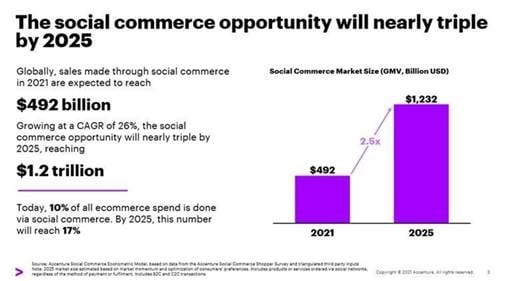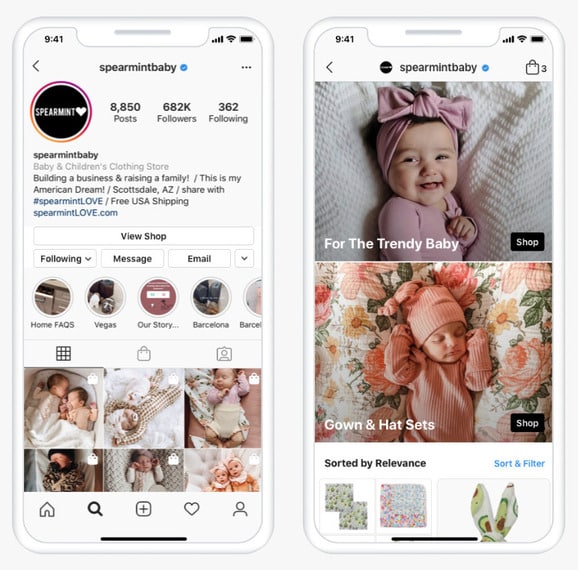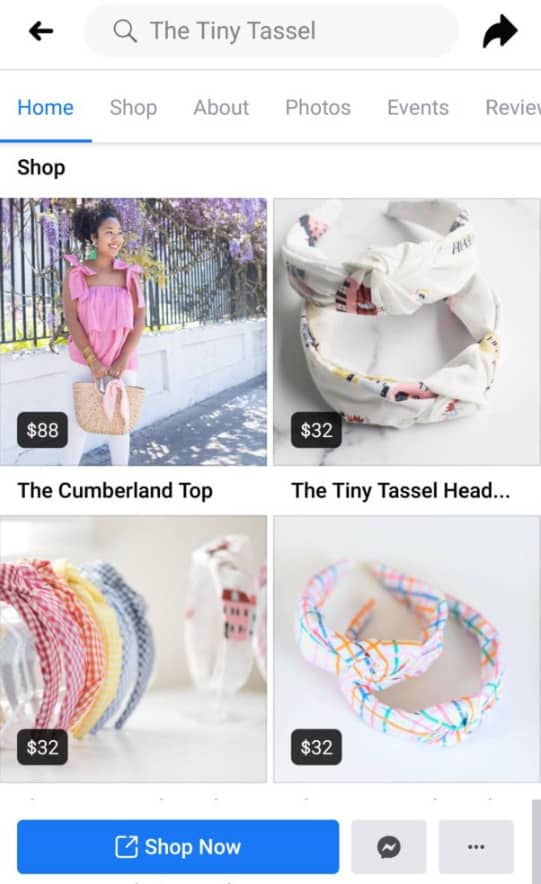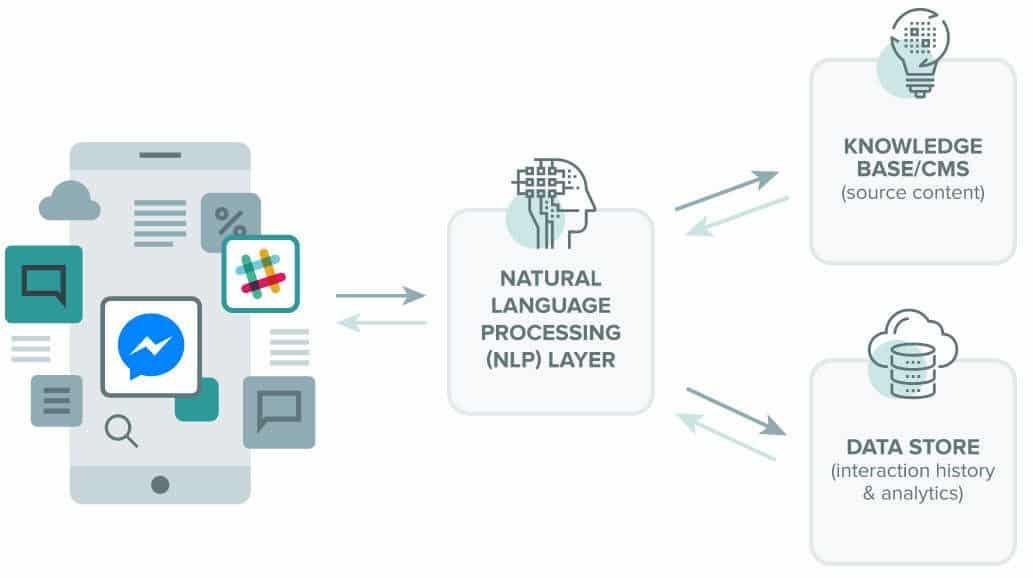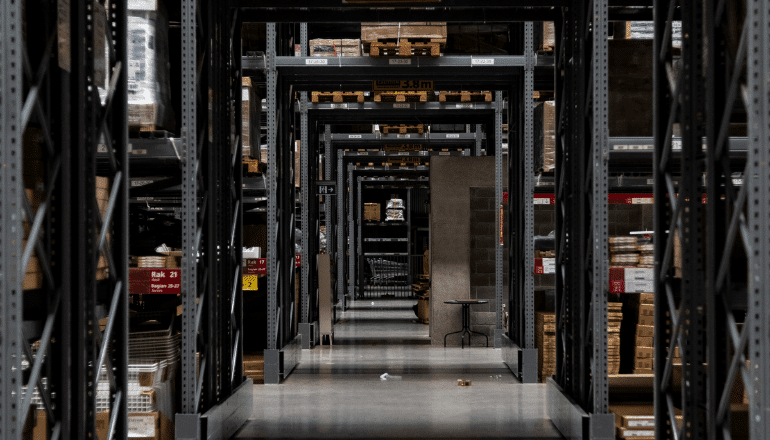Global retail eCommerce sales are expected to reach over $5.54 trillion by the end of 2022. With the popularity of eCommerce rising exponentially, there’s no better time to set up your small business for eCommerce success.
To help business owners navigate the current eCommerce landscape, we’ve identified 6 exciting eCommerce innovations making a significant impact on the industry this year. From digital shopping and eCommerce websites to the rise of social commerce and digital payment options, here are 6 eCommerce marketing trends to grow your small business in 2022 and beyond.
What is eCommerce marketing?
E-commerce marketing allows businesses to sell and promote their products and services online. It can be done through search engines, social media, and email marketing. Basically, eCommerce marketing is a way of selling your products anywhere your target audience spends their time online.
What are the benefits of eCommerce for small businesses?
Pretty much every small business can know ways how to make a website, a newsletter, and has spent time and money on search engine optimization, social media marketing, and even online advertising. But eCommerce is still a relatively untapped resource for many businesses. It’s been known to increase sales, profits, reach, customer sentiment, and so much more! Here are some of the main benefits of eCommerce for small businesses.
Brand awareness
One of the most obvious benefits of eCommerce is increased brand awareness. When you expand your brick-and-mortar operation online, you can use the power of social media – where a lot of people are spending their time – to promote it.
Source:(Accenture.com)
According to a recent social media eCommerce study by Accenture, shopping on social media is expected to grow more than three times faster than traditional sales methods by 2025. This shows that people are prioritizing eCommerce, and if your business isn’t making the most of it, you’re going to find yourself buried by the competition.
Low cost & minimal maintenance
Another advantage of eCommerce is that it eliminates the need for physical stores – which are infinitely more expensive to run – and allows you to focus on your core business. While you’re able to access an exponential pool of customers around the world, you can do so at a much more affordable cost.
Accessibility and availability
We mentioned accessing customers globally, which for some small businesses can be an ultimate growth goal. Making your products available to anyone, anywhere is one of the biggest benefits of an eCommerce store, and staying up to date with current trends will help your sales skyrocket year after year. One way to keep up with current trends without investing money is to utilize print-on-demand dropshipping services. With print-on-demand, you don’t have to keep stock or worry about unsold inventory, which is excellent if you want to update your product catalog frequently and fast.
Yet another benefit of eCommerce is that your business will run 24/7/365 which, of course, is impossible to do with a brick-and-mortar operation. You don’t need to be actively selling to individuals, either. You can let your marketing, your AI, and your eCommerce shop do most of the work.
Increased business reach
The longer your business is visible online, the more customers you will be able to reach and accrue. Of course, having a rotating selection of new and exciting products is a great way to keep people talking, and investing in new ideas could prove quite beneficial in the long-run.
The increasing number of people searching for products and services through social media has become a big selling point for many eCommerce businesses. And through the right strategy and the proper implementation of trends, you can start attracting more potential customers.
6 Exciting eCommerce Trends for 2022
Learning, understanding, and implementing eCommerce trends is a great way for any small business to level up and break through to the next level of growth. Here’s a breakdown of some of the most exciting ways you can increase profits by embracing the latest eCommerce trends.
-
Social commerce
One of the most effective ways to boost your business sales is through social commerce. This strategy allows brands to make sales on social media, and eliminates the friction that tends to occur through traditional online sales funnels. It also helps people discover new products they may enjoy while browsing social media. You can sell your products on Instagram, Facebook, Pinterest, and YouTube.
Instagram Shops
Instagram Shops are an eCommerce shopfront allowing customers to shop without leaving the Instagram app. You’ll need an Instagram Business account to upload your catalog, set up listings, and integrate shoppable options in your posts and stories. It’s also advisable to keep an eye on the Instagram trends so your brand attracts more users to your IG shop easily.
Source:(Instagram.com)
Facebook Shops
Similar to Instagram Shops, Facebook Shops allow customers to discover and buy products without leaving the app. They can be easily integrated into your Facebook page and Instagram account, and considering that Facebook is still one of the top most widely used social media apps, you definitely want to make your business visible on the platform.
Source: (Facebook.com)
Pinterest Shops
Also referred to as “Shopping Lists”, Pinterest Shops feature a huge suite of merchant tools inside your business account. Pinterest users are 7 times more likely to purchase products they’ve saved, and people who visit Pinterest weekly outspend non-Pinners by 2x every month and have an 85% larger basket size.
Source:(Pinterest.com)
-
Chatbots
Global AI spending in the retail industry is expected to reach around $19.9 billion by 2027. One of the main factors driving the market’s growth is the increasing number of businesses looking for helpful AI.
Chatbots are becoming more prevalent in e-commerce, as they can help customers navigate through the various steps of their shopping process and handle their complaints immediately. With the help of advanced AI, retailers can also create personalized shopping experiences.
Source: (WordStream.com)
According to Facebook, 64% of people say they would prefer to message a business than call them. And shopping via chatbot is even more appealing! By 2024, chatbots are expected to help facilitate more than $142 billion in consumer spending.
For better customer support, keep in mind that human agents should also be available to take over the conversation anytime. Having a cloud phone system for small business will empower retailers to run their business from anywhere in the world while staying connected with their customers.
-
More payment options
As retailers look to improve the efficiency of their online shopping experience, offering a range of modern payment methods is becoming more and more important. Consumers are looking for a more streamlined, enjoyable experience when it comes to buying online, and demanding more secure and convenient payment options.
An increasing number of eCommerce businesses are now using new payment technology to allow their customers to enjoy a more efficient shopping experience.
Cryptocurrencies
While cryptocurrencies have been around for several years now, their potential has not been fully realized. As major brands such as PayPal, Tesla, and Xbox start accepting payments using cryptocurrencies, we expect to see more retailers supporting this type of payment, too.
Besides being more convenient and faster than traditional payment methods, cryptocurrencies also offer various advantages – such as low transaction fees and user autonomy. Some consumers prefer to use Bitcoin due to its anonymity. It can also be used by people who don’t have a bank account. This type of payment option can help boost the sales of eCommerce businesses by allowing them to reach a wider audience.
Virtual payment methods
Also known as “frictionless payments”, virtual payment methods include the use of mobile wallets and mobile apps for checkout. Most customers under the age of 35 believe that having a virtual payment method would influence the store they shopped at.
Buy Now, Pay Later
(“BNPL”) is the equivalent of offering instant approval on credit, without having to do all the work on the retailer side of things. Platforms like Afterpay, Klarna, and ZipPay are making it all so much easier for small businesses.
The increasing number of consumers shopping for big-ticket items, such as furniture and electronics, has led to the rise of the BNPL model. In 2020, there were 197% more offers for this type of payment option compared to the same period in 2019.
The rapid growth of the eCommerce industry is expected to continue over the next decade, at least. BNPL platforms are becoming more popular among younger consumers looking to make purchases without spending a lot of money up front. Since these payment options are free of fees and interest, it makes it easier to shop for exactly what they want, and encourages them to fill their carts a little more than if they had to cough up the total all at once.
-
Shoppable content
Shoppable content are digital assets, social media posts, live stream videos, or advertisements that allow your potential customers to purchase your products. Shoppable content typically appears on social media sites such as Instagram or YouTube, but you’ll also find it on eCommerce sites, for example, a gallery of shoppable campaign imagery.
Shoppable videos
Shoppable videos are interactive videos which allow viewers to purchase products directly from the video they’re watching. In addition to being a new and exciting form of video, interactive video has proven to be very effective for eCommerce marketing. These videos typically have a drop-down menu linking to a product page, enabling users to easily tap the purchase button. Shoppable video is also expected to gain popularity due to the increasing number of brands using video as a marketing tool.
Several companies, such as Amazon, Instagram, YouTube, and IKEA, have already launched shoppable videos. Other platforms such as Shoploop, AiBUY, and NTWRK are also starting to host these videos.
Shoppable live streams
You can now set up shoppable live streams via Amazon, YouTube, or Facebook Live, and they’re a brilliant way to bring interactive shopping experiences to your community.
To create a compelling shopping experience, brands should first choose a theme for each event. They then create shoppable content around that theme, and then they can add additional elements to the video.
-
Augmented reality
The rise of augmented reality is bridging the gap between digital marketing and eCommerce.
Despite its power and convenience, eCommerce can lack the vital elements of an in-store shopping experience. For example, it can be hard to know how clothes will fit when browsing through photos of them online.
Augmented reality (AR) uses computer-generated imagery to interact with the world around it. With the help of augmented reality, customers can now visualize and interact with products and services without having to go to a physical store. For example, they could try out different hair colors or styles, try on clothes to see how they’d look, or even see what new furniture or decor would look like in their homes.
Source: (Apple.com)
Aside from being a creative way to promote a product or service, augmented reality can directly impact your bottom line. In fact, research says that 61% of consumers would shop more online if they could try products before making a purchase.
“The impact of AR or VR in retail can be transformative,” said Hanna Karki, principal research analyst at Gartner. “Retailers can use AR to extend the brand experience to engage customers in immersive environments and drive revenue. For example, IKEA’s Place app enables customers to virtually ‘place’ IKEA products in their space. Additionally, AR can be used outside the store after a sale to increase customer satisfaction and improve loyalty.”
-
Personalized shopping experiences
The way users behave on your site reveals a lot about their shopping habits. Every time a customer interacts with your website, you’re given concrete data to help guide them toward their ideal purchase – think about Amazon’s “You May Also Enjoy…” section, or Netflix’s “You may also like” suggestions.
The rise of personalization has taken this concept to the next level. Ecommerce brands now have the ability to track the activities and behaviors of their users almost anywhere online, allowing them to provide their customers with unprecedented levels of personalization. This means they can better meet their target audience’s needs and provide them with the best possible experience.
According to a recent study, 80% of consumers are more likely to buy when they receive personalized experiences. So instead of trying to reach every type of shopper, this strategy allows you to customize your pitch to meet the needs of the individual. And as more companies adopt eCommerce personalization, it’s becoming increasingly important to provide the best possible experience for their customers.
Get started with your eCommerce strategy
The rapid growth of eCommerce presents the perfect opportunity to take your business to the next level. Consider implementing one of more of these innovative technologies to enhance your marketing efforts and watch your engagement, sales, and brand awareness soar.
Keep reading: 8 Pro Hacks to Skyrocket Your eCommerce Sales in 2022
Guest Author: Lara Kulpa
Lara is a mama, wife, and marketing consultant who adores helping people thrive in their businesses. Can be found shoulder-deep in paint, clay, or words. Believes in living a splendidly juicy life. Survives on chocolate and coffee, with a smattering of fresh mango.


